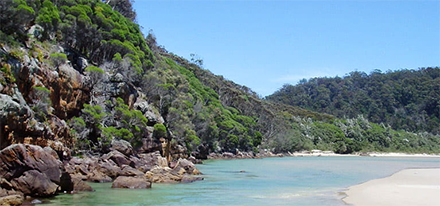Recent findings from a bushfire recovery project report should not provide anything new to experienced forest scientists and land managers. One exception is the changing language.
For example, the “epicormic buds” under the eucalypt bark, are now referred to as “recovery buds” by the 21st century academic experts.
Do our conservation experts have that much difficulty in understanding longstanding descriptions of plant parts?
In the conclusion, among other things, the report claims the best chance for post fire forest recovery combines a number of strategies including: “(2) do not disturb burnt areas any further (see also Report No 4 of this Bushfire Fact series [www.bushfirefacts.org];” As Report No. 4 has not yet been published on the website, we will have to wait to see what new information they come up with to support this conclusion.
SETA questions this conclusion, as less regulated post high intensity fire salvage harvesting has been undertaken for more than 80 years. The biodiversity outcomes don’t seem to have been adversely affected.
For example, former areas of Nadgee State Forest south of Eden NSW were heavily salvaged after a high intensity fire killed mature Silvertop Ash and severely damaged other mature eucalypt species in December 1972. These salvaged areas were again burnt in November 1980.
The salvage areas were added to Nadgee Nature Reserve and in September 1994, these areas became part of the 13,775 hectare, Nadgee Wilderness. The Nadgee Wilderness now forms part of the 25,900 hectare, Nadgee (NSW)-Howe (Vic) Wilderness Area.
A section of the Howe Wilderness Area was subject to extensive “seed tree” system harvesting in the latter 1970s as well as some intense wildfire events. Yet both areas are purported “to be the best representation of pre- European coastal vegetation in south eastern Australia (Parks Victoria website 2013).”
While the report supports the NSW EPA and activist charity positions on eliminating native forest harvest on public land, the broader information does beg several questions.
Is the NSW EPA being reasonable in its approach to post fire harvesting on the NSW north and south coasts?
Is development of our conservation reserve system based on a wilderness myth, where changing land tenure, not conservation management is the only driving force?
Peter Rutherford is spokesperson for South East Timber Association (SETA) and is a well-respected forestry scientist of 40 years standing.








